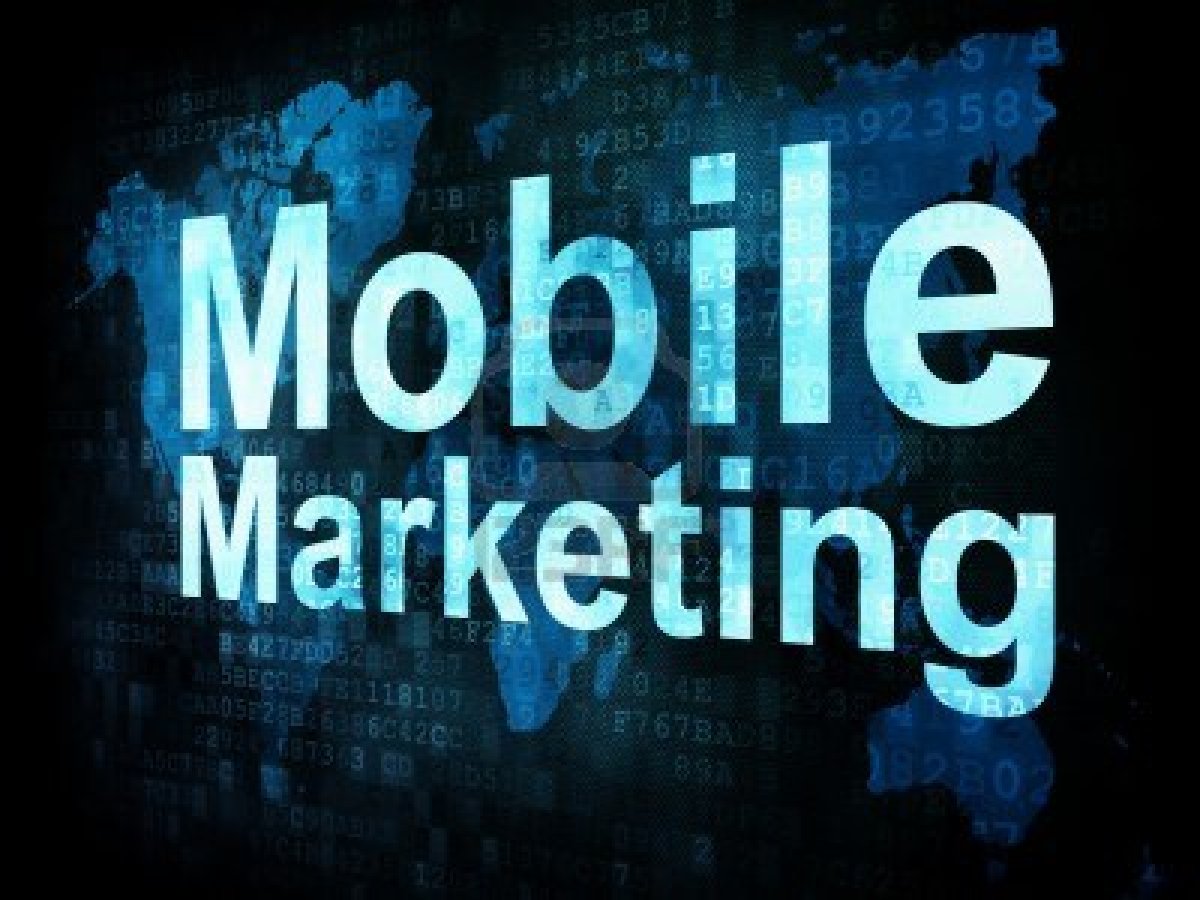More consumers than ever are now making purchases using their mobile devices. CIO reports that 28 percent of sales are now conducted on mobile devices, primarily smartphones.
Last year, sales using smartphones increased by 87 percent year-over-year with sales via tablets growing by 52 percent. Clearly, mobile marketing is the way of the future. And yet, many brands haven’t developed fully mature mobile marketing strategies.
For many brands, mobile marketing remains somewhat vague and difficult to contain in the same way as traditional marketing. Here are a few best practices to help your business launch an exciting, innovative and successful mobile marketing campaign.
1. Right-sized content
When it comes to mobile content, it’s important to be concise. Of course, you should still create quality content, but be quick to get to the point. Remember that your target consumers are likely working from a small screen and may even be away from home or the office. As a result, they don’t have a lot of space or even time for reading lengthy content.
This can be a challenge for mobile marketers, but it’s imperative to create content that is both compelling yet brief.
2. Local search
Local searches commonly occur via mobile devices. More and more, users are taking advantage of mobile devices when searching locally. In order to take advantage of the increased use of mobile devices for local searches, be sure to submit your mobile website to Google My Business.
Additionally, you should ensure that the physical address of your business along with your contact information and hours of operation are visibly listed on your website. Visitors shouldn’t have to search to find your address or phone number.
3. Location-based sites
As an increasing number of people opt to access social sites via mobile devices, it’s vital that your brand takes advantage of the opportunity to connect with your targeted customers through available location-based services such as Yelp and Foursquare.
Such location-based services are ideal for businesses such as retailer operations and restaurants.
4. Geo-targeting
Geo-targeting through the use of location-based services is a great way for brands to direct their marketing messages to their targeted customers who may be in the local vicinity. With this type of platform, it’s possible to run promotions to encourage customers to check in with your business through the use of digital discounts and coupons.
Resources: ExpertOnline360.com
